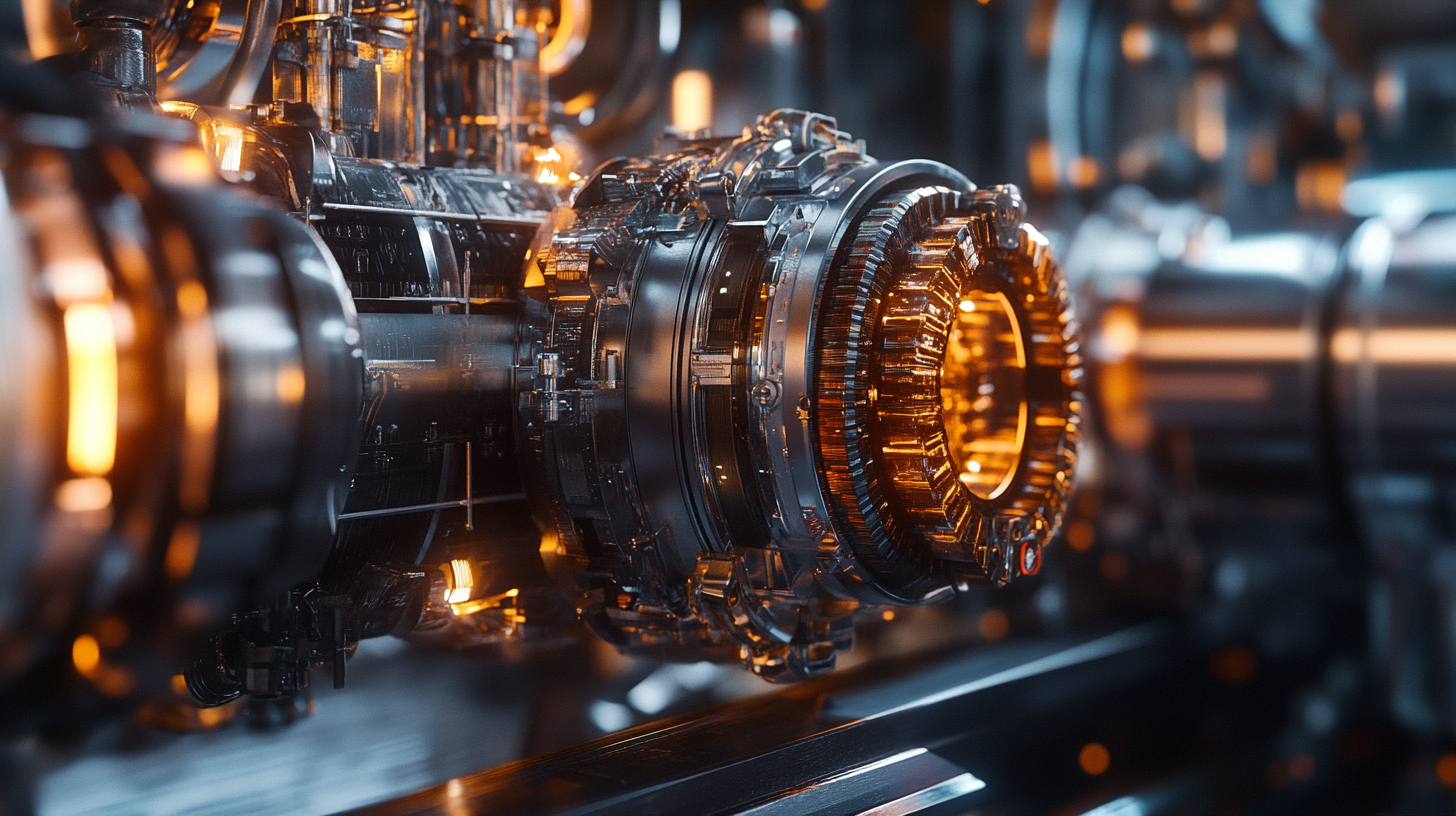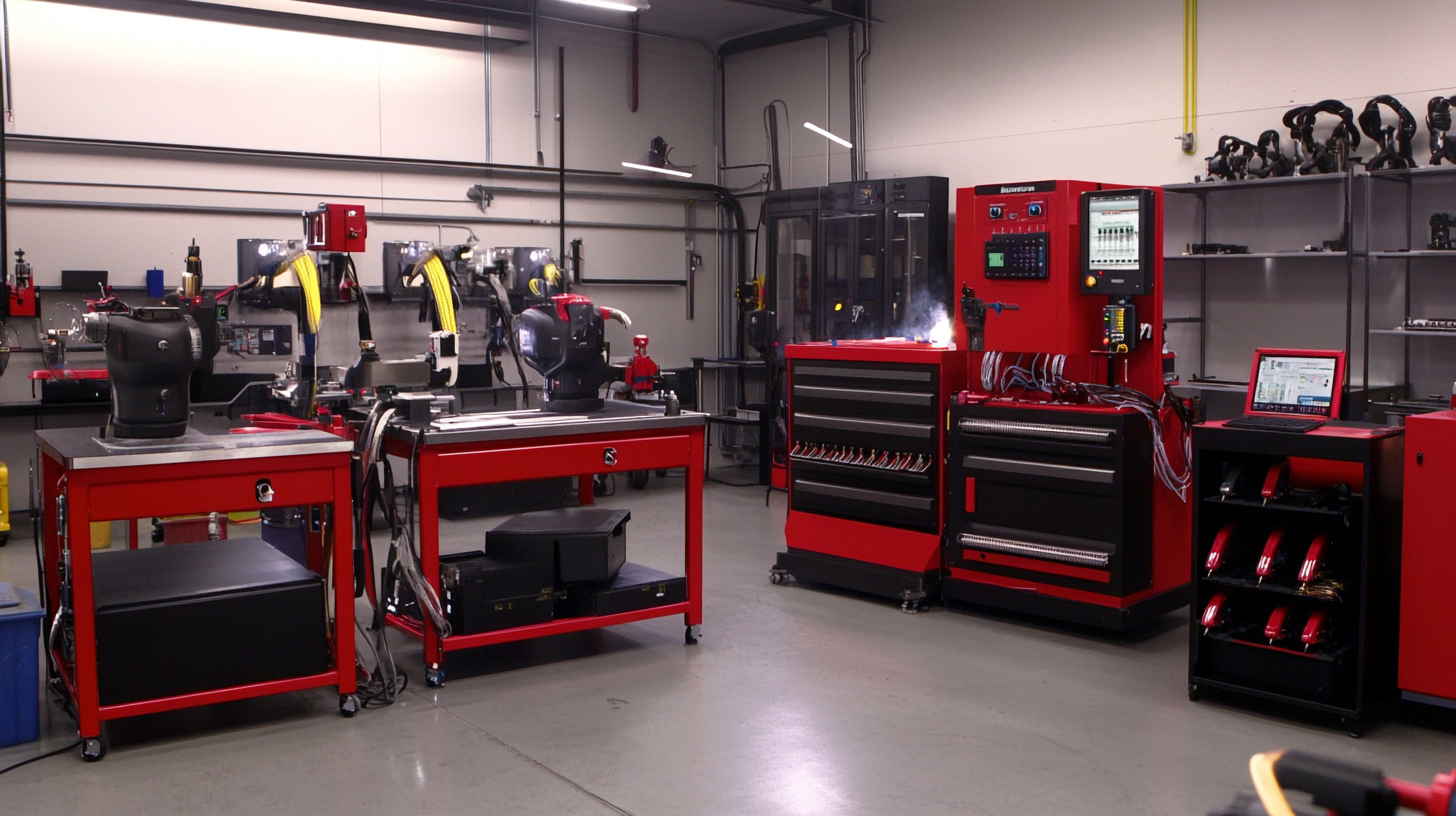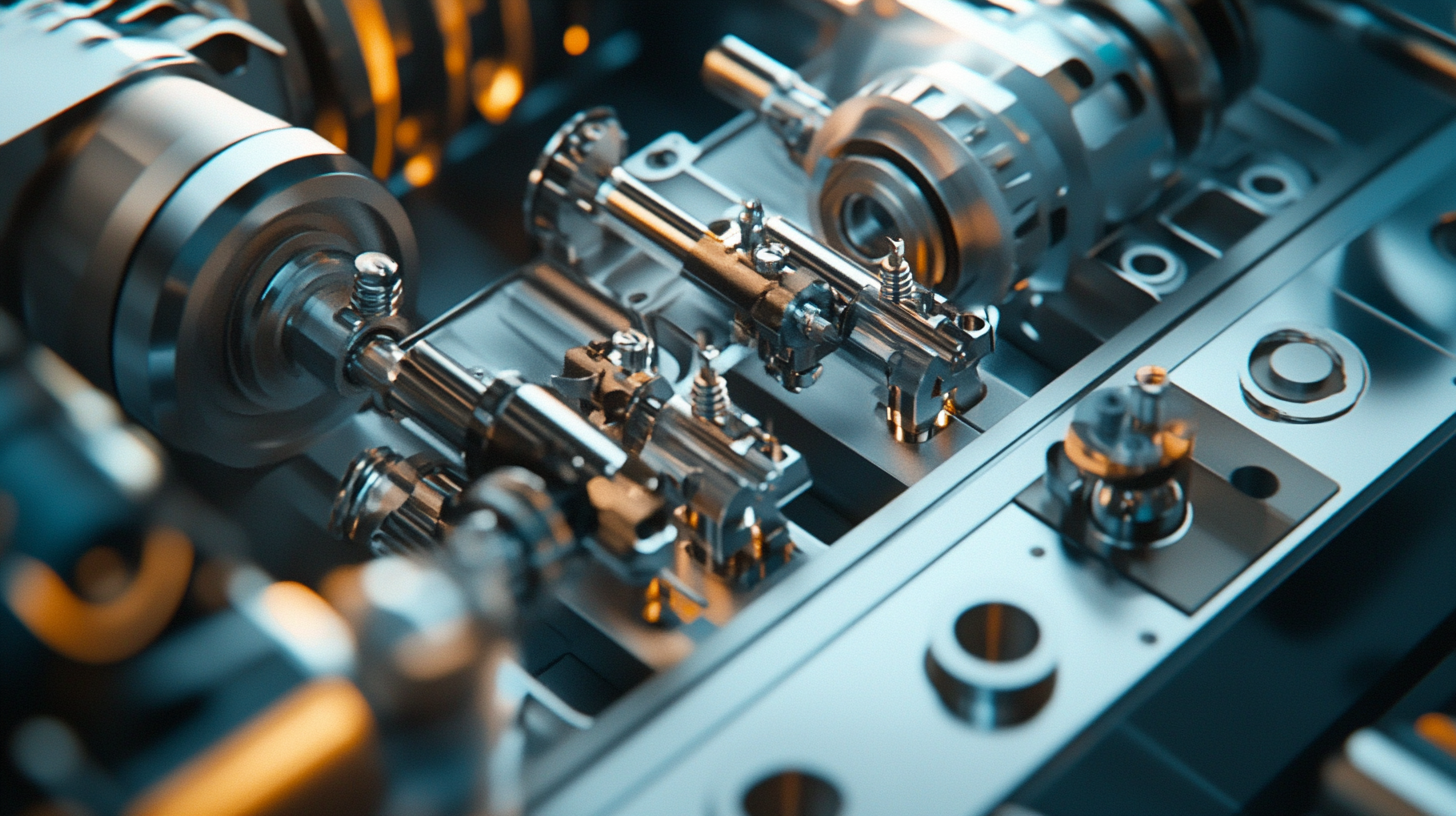The world of welding technology has seen significant advancements over the years, particularly with the emergence of different Tig machine models that cater to various industrial needs. The global welding equipment market, which is expected to reach USD 20 billion by 2028, highlights the growing demand for specialized tools like Tig machines. According to a recent report by Technavio, the adoption of advanced welding processes across industries such as automotive, aerospace, and manufacturing has emphasized the importance of selecting the right welding machine that enhances productivity and ensures high-quality results.
Tig machines, known for their precision and versatility, are increasingly favored for materials ranging from stainless steel to aluminum, which are widely used in critical applications. As the demand for high-performance welding solutions continues to rise, professionals in the industry are keen on exploring the unique features that different Tig machine models offer. By evaluating the design, technology, and capabilities of these machines, welders can optimize their operations and achieve superior weld quality. This blog will delve into the various models of Tig machines available in the market, highlighting their distinctive features and applications to assist welders in making informed decisions.

TIG (Tungsten Inert Gas) welding is a precise welding process widely used in various industries, ranging from aerospace to automotive. Understanding the different types of TIG machines is crucial for operators to choose the right equipment for their specific applications. According to a report by Grand View Research, the global TIG welding equipment market is expected to reach $2.5 billion by 2025, highlighting the increasing demand for advanced welding technologies.
There are several distinct types of TIG machines available, each designed for different applications. A/C TIG machines are renowned for their versatility; they can weld both aluminum and steel, making them ideal for industries where different metals are worked on. In contrast, DC TIG machines are typically employed for welding ferrous metals, providing a cleaner and more stable arc, which is essential for high-quality welds. An emerging model, the inverter TIG machine, offers enhanced portability and energy efficiency, accommodating the needs of modern workshops.
Advanced features in TIG machines, such as pulse welding capability and advanced control systems, have transformed their functionality. These features allow for better control over the heat input, reducing the risk of warping and improving weld quality. The rise of automation in welding processes has also led to an increase in the integration of TIG machines with robotics, further streamlining production lines. As industries continue to evolve, understanding the capabilities of various TIG machines will be key to optimizing welding operations and meeting growing production demands.
When exploring the various models of TIG (Tungsten Inert Gas) machines, it becomes crucial to understand the key features that distinguish each model. Each TIG machine caters to different user needs, underscoring the importance of selecting the right one for optimal welding performance. For example, the Miller Dynasty 280 offers advanced AC and DC capabilities and is favored for its versatility in aluminum and stainless steel applications. Its Auto-Set feature simplifies the setup process, allowing even novice welders to produce quality welds efficiently.
Another notable model is the Lincoln Electric Square Wave TIG 200, renowned for its portability and exceptional duty cycle of 60% at 200 amps. This feature not only enhances productivity but also allows for extended use in demanding environments. According to a report by MarketsandMarkets, the demand for portable welding equipment is expected to grow by 6.9% annually, indicating the increasing trend towards models that blend performance with mobility.
On the higher end, the ESAB Rebel EMP 215ic stands out for its multi-process capability, making it a favorite among professionals who require flexibility on the job site. This machine supports both TIG and MIG processes, further showcasing the significance of multi-functional features in modern welding technology. Understanding these specific features and their applications can significantly impact workflow efficiency and the quality of outcomes in various welding projects.
| TIG Machine Model | Key Features | Applications | Weight (lbs) | Price ($) |
|---|---|---|---|---|
| Miller Diversion 180 | Portable, Inverter Technology | Aluminum, Stainless Steel, Thin Material | 51 | 1,100 |
| Lincoln Electric Square Wave TIG 200 | Square Wave Technology, High Frequency Start | Pipe Welding, Aluminum Fabrication | 48 | 1,200 |
| Everlast PowerTIG 255EXT | Dual voltage, Advanced control options | Welding Stainless Steel, Exotic Alloys | 61 | 1,699 |
| Hobart 500551 EZ-TIG | Set and Forget Technology, Easy to Use | Home Projects, Light Fabrication | 42 | 1,200 |
When it comes to TIG (Tungsten Inert Gas) welding machines, the choice between AC (Alternating Current) and DC (Direct Current) models is pivotal, as each has distinct advantages tailored to specific applications. According to the American Welding Society, around 60% of fabrication shops opt for DC TIG machines, primarily for their superior performance with ferrous metals and non-ferrous materials like stainless steel and copper alloys. DC machines produce a more stable arc, allowing for seamless welds that are essential in industries where precision is non-negotiable.
On the other hand, AC TIG machines shine when working with aluminum and magnesium alloys. The ability to switch polarities during the welding process provides better cleaning action on the aluminum surface, essential for effective weld penetration. A report from Welding Journal indicates that AC machines account for approximately 30% of the market share due to their versatility, specifically in aerospace and automotive sectors where lightweight materials are frequently used. This adaptability makes AC TIG machines indispensable for fabricators focusing on these alloys.
Furthermore, the ease of use and reduced heat input of these machines reflect significantly in their operational costs. Data from the International Institute of Welding suggests that welders using modern, inverter-based AC/DC machines can achieve energy savings of up to 20%, highlighting the growing trend toward efficiency. Understanding the intricacies of AC versus DC machines is crucial for professionals aiming to enhance their welding capabilities while balancing cost-effectiveness with high-quality outputs.

When it comes to optimizing the performance of TIG (Tungsten Inert Gas) welding machines, selecting the right accessories can significantly enhance efficiency and precision. According to a report by the American Welding Society, approximately 80% of welding defects are attributed to incorrect setup and equipment issues. Therefore, investing in essential accessories is crucial for industry professionals striving for excellence in their work.
One key accessory that demonstrates a direct impact on performance is the tungsten electrode. The choice of tungsten type—such as pure, thoriated, or ceriated—can influence arc stability and heat input. For instance, the AWS reveals that using a thoriated tungsten electrode can improve arc stability and increase productivity by up to 20% compared to inferior materials. This choice directly affects the quality of the weld, enabling a cleaner and more efficient process.
Additionally, the use of an appropriate torch and nozzle size is vital. The nozzle must be compatible with the material thickness and type being welded, as undersized nozzles can lead to overheating and inconsistent welds. A study conducted by the Welding Institute shows that selecting the correct nozzle size can enhance gas flow, reducing the chances of contamination and ensuring a cleaner weld. In fact, proper gas coverage can increase the lifespan of the tungsten electrode and reduce rework, saving companies money in the long run.
Lastly, implementing a high-quality shielding gas is crucial for achieving optimal TIG machine performance. The selection of argon or a mix with helium can affect penetration and bead appearance. Enhanced shielding can help reduce oxidation and improve weld quality, leading to more durable joints. The latest market analysis indicates that well-chosen shielding gases can result in a 15-30% increase in overall welding productivity, demonstrating the high stakes of accessory selection in the TIG welding process.
TIG welding, known for its precision and versatility, has found innovative applications across a range of industries. Recent advancements highlight the integration of cutting-edge technologies, such as IoT and AI, into the welding process, improving efficiency and quality. For instance, in the shipbuilding sector, novel methods for detecting steel plate defects have emerged, significantly enhancing the quality of inspections. This modern approach not only speeds up the detection process but also ensures that the integrity of materials used in construction meets stringent industry standards.
Additionally, the successful application of deep penetration TIG welding in the production of titanium alloys marks a significant breakthrough. This technique has garnered attention for its potential to revolutionize material use in shipbuilding, providing a template for future applications in other domains. As industries strive for greater efficiency and innovation, the role of TIG welding continues to expand, demonstrating its importance in achieving advanced manufacturing capabilities.
Furthermore, the domestic market for TIG welding machines has been steadily growing, driven by the demand for high-quality, reliable equipment. The focus on domestic brands highlights the shift towards self-sufficiency in welding technology, allowing for tailored solutions that meet the specific needs of various sectors. As companies explore the myriad applications of TIG welding, the emphasis on innovation and quality assurance remains pivotal in maintaining competitiveness in the global market.

